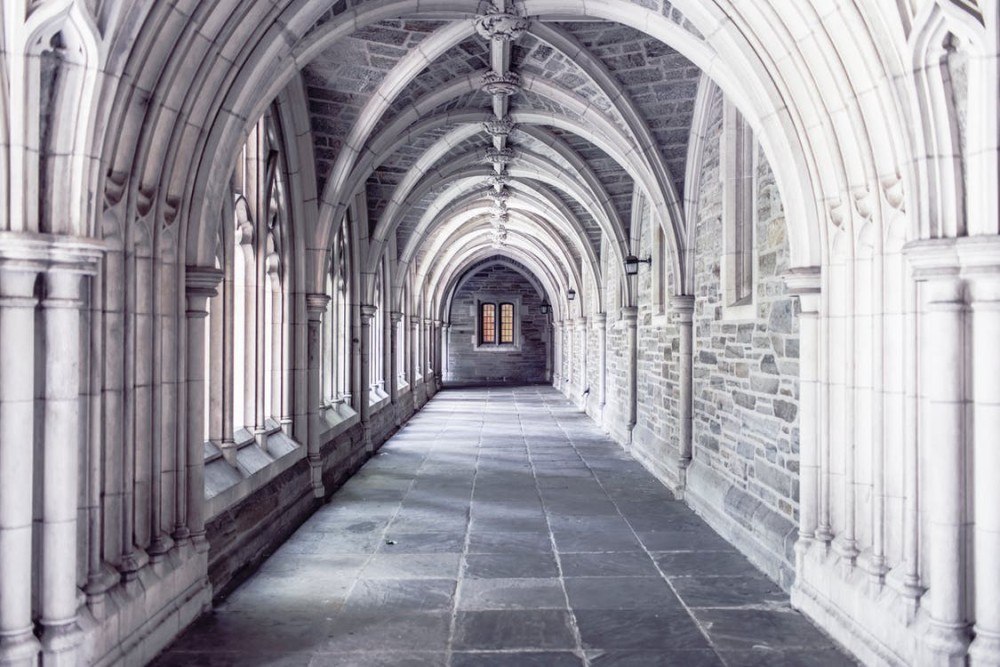Engaging the mystics
While women have historically been bound by family obligations, household chores, or desperate poverty, there have been monasteries throughout history that allowed some to focus on their vocation without those typical pressures.

I am reading the mystics again. I didn’t appreciate them as much the first time. I remember the class, taught by my favorite history professor, Ellen Babinsky, a Marguerite Porete scholar. I took Mysticism 101, more out of love for the teacher than for the subject matter. Older women, wearing flowing skirts, filled the room. They attended seminary as a hobby. At least, it was a hobby in the sense that they were not interested in finding a job at the end of it. Instead, from what I could tell, they went on retreats as their sole vocation. They spent a lot of their time before the lectures comparing the educational offerings, scenery, and food of different monasteries.
I, on the other hand, was a 23-year-old scrapper, working four jobs, trying to get through seminary without too much debt. I couldn’t imagine a day off, much less a spiritual retreat in some exotic location. It seemed like an odd sort of tourism to me, something that only wealthy women whose husbands retired with a healthy pension could enjoy. They were women who needed more intellectual stimulation than a massage, chemical peel, and makeover (is that what people do at spas for extended days?) could offer. So, they retreated, discussed the mystics, then toured the local wineries.
I didn’t understand the culture at the time. It felt foreign and privileged. Like many things that feel perpetually out of my reach, I resented it. But now that I have been to numerous monasteries to lead retreats, it’s my dream to actually attend a spiritual retreat or to stay at a monastery for a couple of days.





